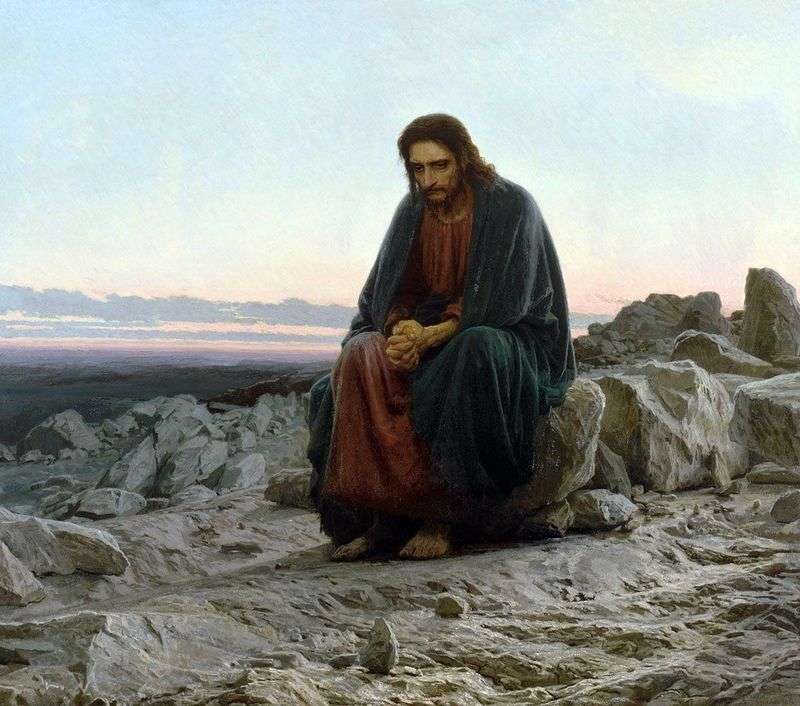
In the picture of Kramskoy, the desert gives the impression of a cold, icy space in which life can not and can not exist. A mighty vertical like the figure of Christ, which has been petrified by the thought of a doom, resists the infinite width of the desert. In his face, especially in a glance full of intense thought, a certain detachment, the lack of reality of the local world, is read. He is depicted with his back to the pinking horizon, he can only guess the sunrise.
The morning of rebirth has come, but the sun has not yet risen… Just as in the midst of the cold and darkness of the desert light is born, so within the depicted person the will to overcome darkness and chaos of the surrounding life is born. In the picture there is no place for clear and joyful tones, as there is no place for a naive, bright faith. His faith is found in the agonizing struggle of the spirit, in confronting the world and himself.
The aesthetics of the painting lies within the boundaries of the era. The image created by Kramsk is not divine and not supernatural. Having an earthly appearance, Christ embodies the idea of the invisible world, while at the same time representing the image of God. Kramskoy is looking for an image in relation to her own imaginable image, and not with respect to the absolute, and especially not to the social or physical type. He does not pretend to the universality of the ideal found in his painting. In this case, the “truth of a person” does not depend on the aesthetic canon, but on the authenticity of the artist’s faith. And to the audience’s questions: “This is not the Christ, why do you know that he was like that?” I allowed myself to boldly answer, but I did not recognize the real, living Christ, “Kramskoy wrote.
At the beginning of 1873, when Kramskoy learned that the Council of the Academy of Arts had decided to award him the title of professor for the painting “Christ in the Desert,” he wrote a letter to the Council declining his title, remaining true to the youthful idea of independence from the Academy. The title of Professor Kramskoy was not awarded. Kramskoy received several offers to sell the picture. PM Tretyakov was the first to whom the artist named his price – 6000 rubles. Tretyakov immediately arrived and bought it without bargaining.
 Christ in the desert by Ivan Kramskoy
Christ in the desert by Ivan Kramskoy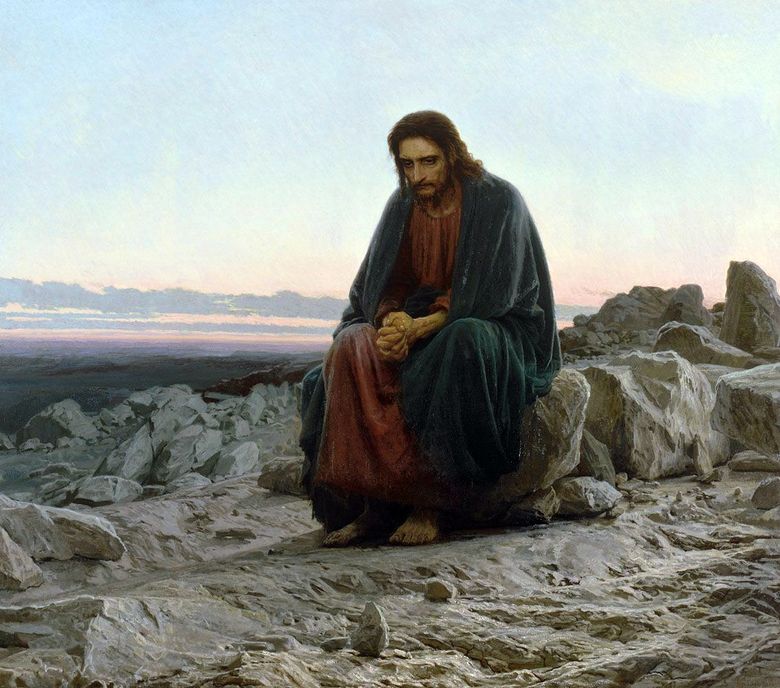 Le Christ dans le désert – Ivan de Kramskoy
Le Christ dans le désert – Ivan de Kramskoy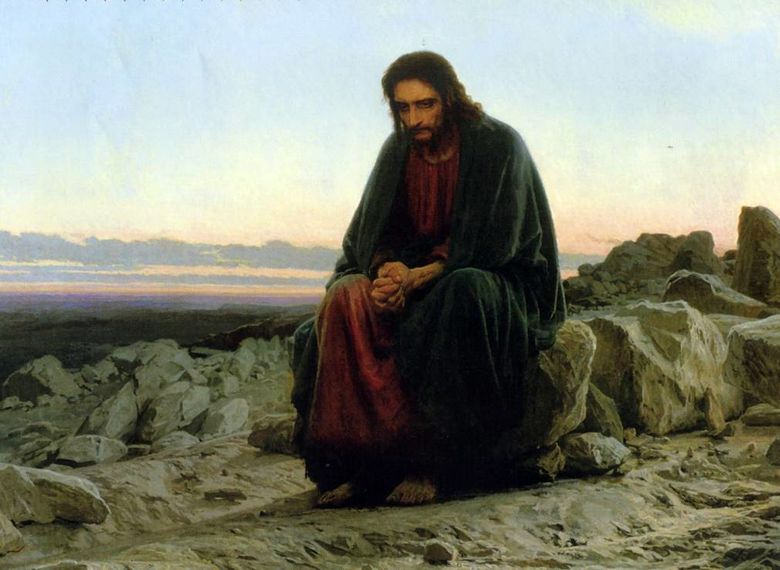 Le Christ dans le désert – Ivan de Kramskoy
Le Christ dans le désert – Ivan de Kramskoy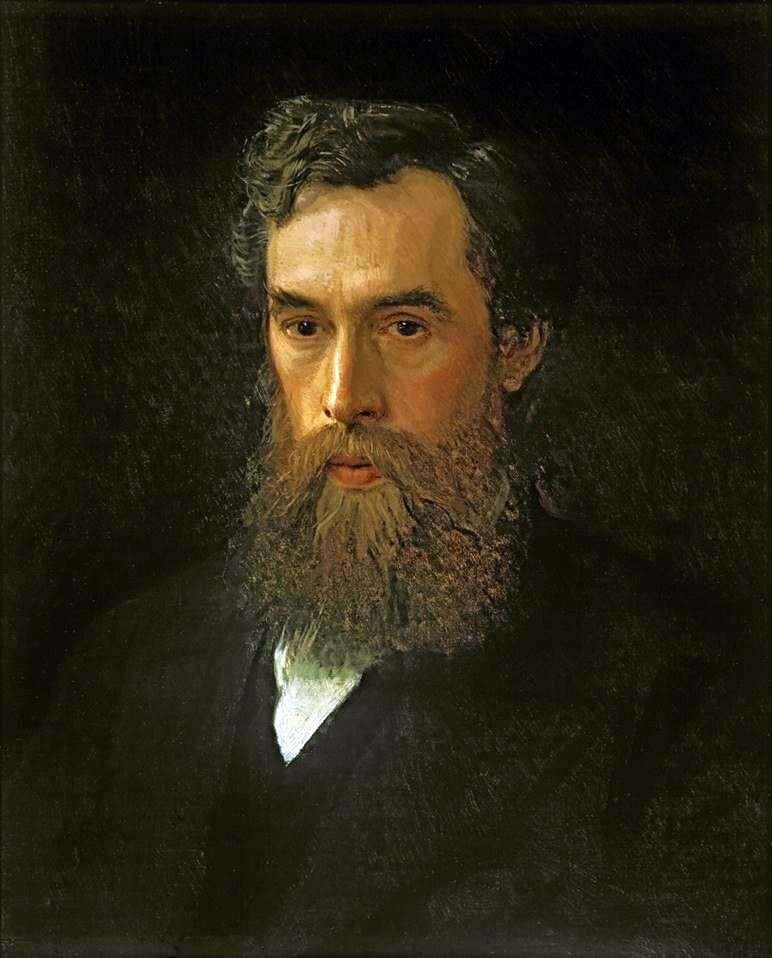 Portrait of Pavel Mikhailovich Tretyakov by Ivan Kramskoy
Portrait of Pavel Mikhailovich Tretyakov by Ivan Kramskoy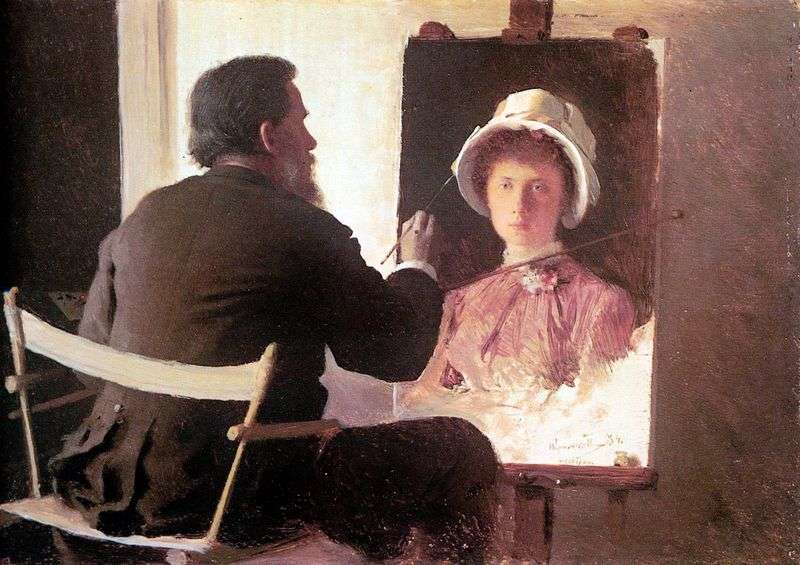 Kramskoy, writing a portrait of her daughter by Ivan Kramskoy
Kramskoy, writing a portrait of her daughter by Ivan Kramskoy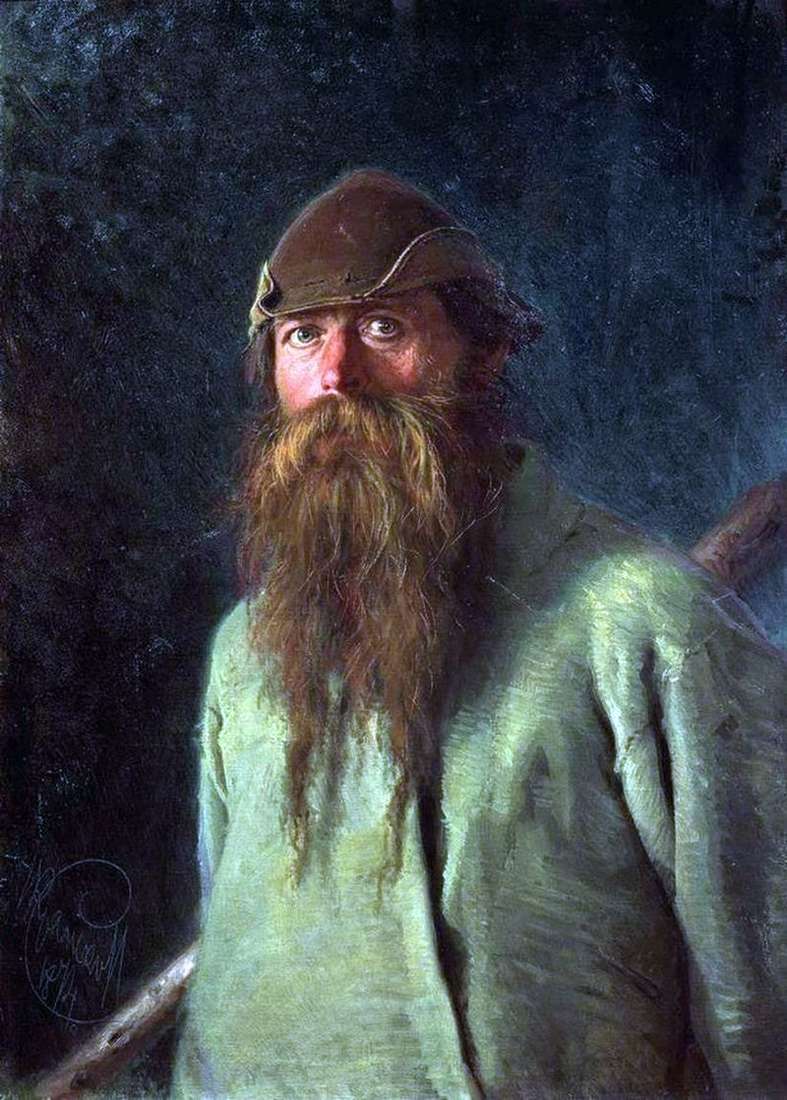 Polesovshchik by Ivan Kramskoy
Polesovshchik by Ivan Kramskoy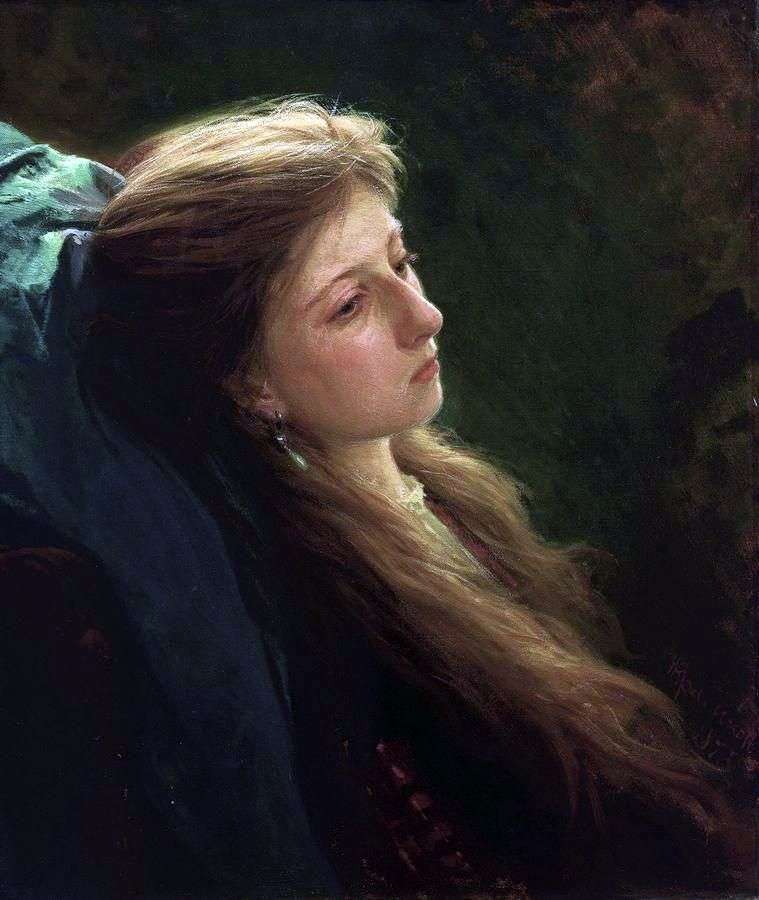 Girl with a fluffy scythe by Ivan Kramskoy
Girl with a fluffy scythe by Ivan Kramskoy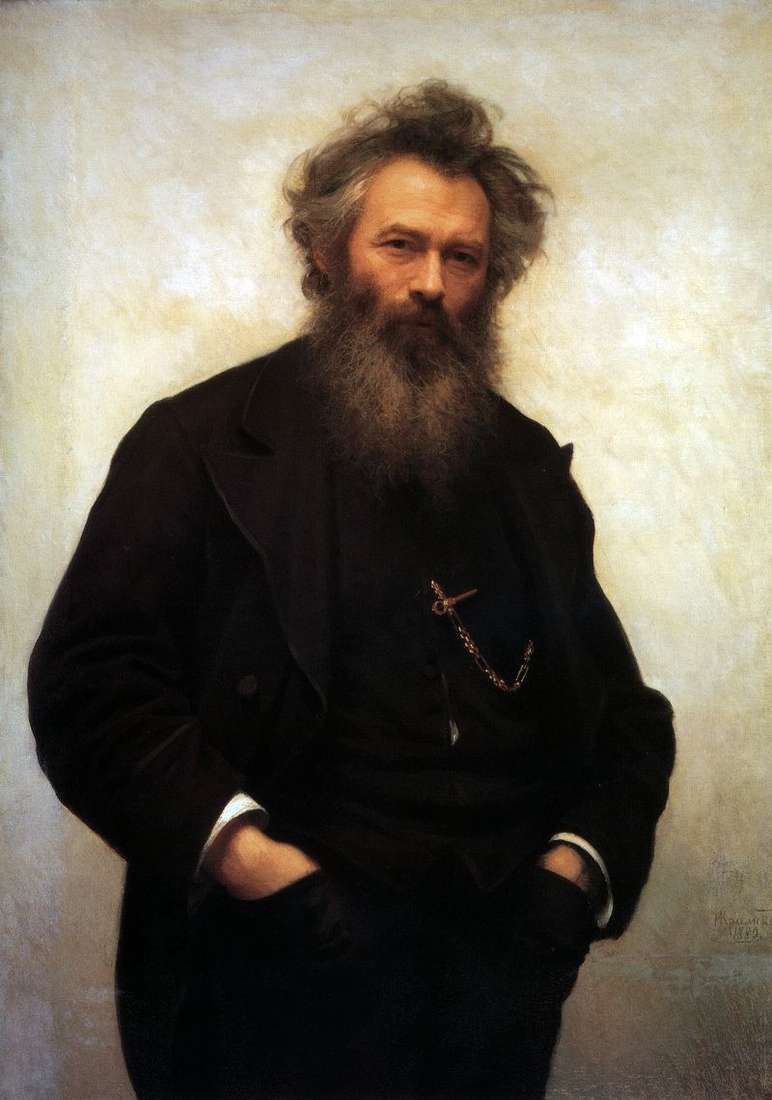 Portrait of Ivan I. Shishkin by Ivan Kramskoy
Portrait of Ivan I. Shishkin by Ivan Kramskoy